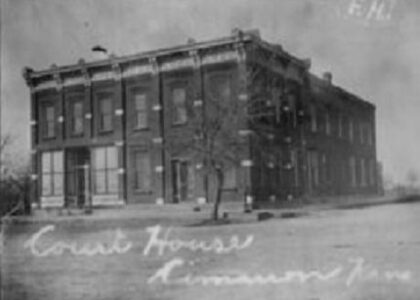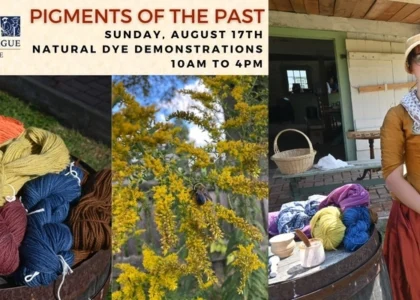Welcome to the Backdoor Water Route to Hatteras, a passage steeped in history and intrigue. This lesser-known path played a pivotal role during the Civil War, offering a strategic route for those navigating the treacherous waters of the Outer Banks. Imagine the scene in the 19th century, as small, swift vessels darted through these waters, evading larger enemy ships and making daring supply runs.
The origins of this water route trace back to the early colonial days when settlers first realized the potential of these waterways. The Outer Banks formed a natural barrier, and this route provided a backdoor to the bustling ports of Hatteras, circumventing the perils of the Atlantic Ocean. During the Civil War, the Union and Confederate forces both recognized the strategic importance of this area. It became a crucial supply line for the Confederacy until the Union captured Hatteras Inlet in 1861, significantly impacting the Confederate supply chain.
Among the notable figures associated with this route was General Benjamin Butler, whose Union forces executed the successful capture of Hatteras, marking a turning point in the war. The ingenuity of local pilots and navigators was also crucial; their intimate knowledge of the waterways allowed them to maneuver through the complex labyrinth of channels and inlets.
Over time, the route evolved from a military asset into a commercial and recreational passage. The 20th century saw the rise of fishing and tourism, as people began to appreciate the natural beauty and rich history of the Outer Banks.
Today, the Backdoor Water Route to Hatteras serves as a reminder of the area’s rich maritime history. It stands as a testament to the resilience and resourcefulness of those who navigated these waters, shaping the course of history in their wake. As you explore this route, let your imagination drift back to a time of wooden ships and iron men, when the waters carried not just goods and people, but the hopes and strategies of a nation divided.





